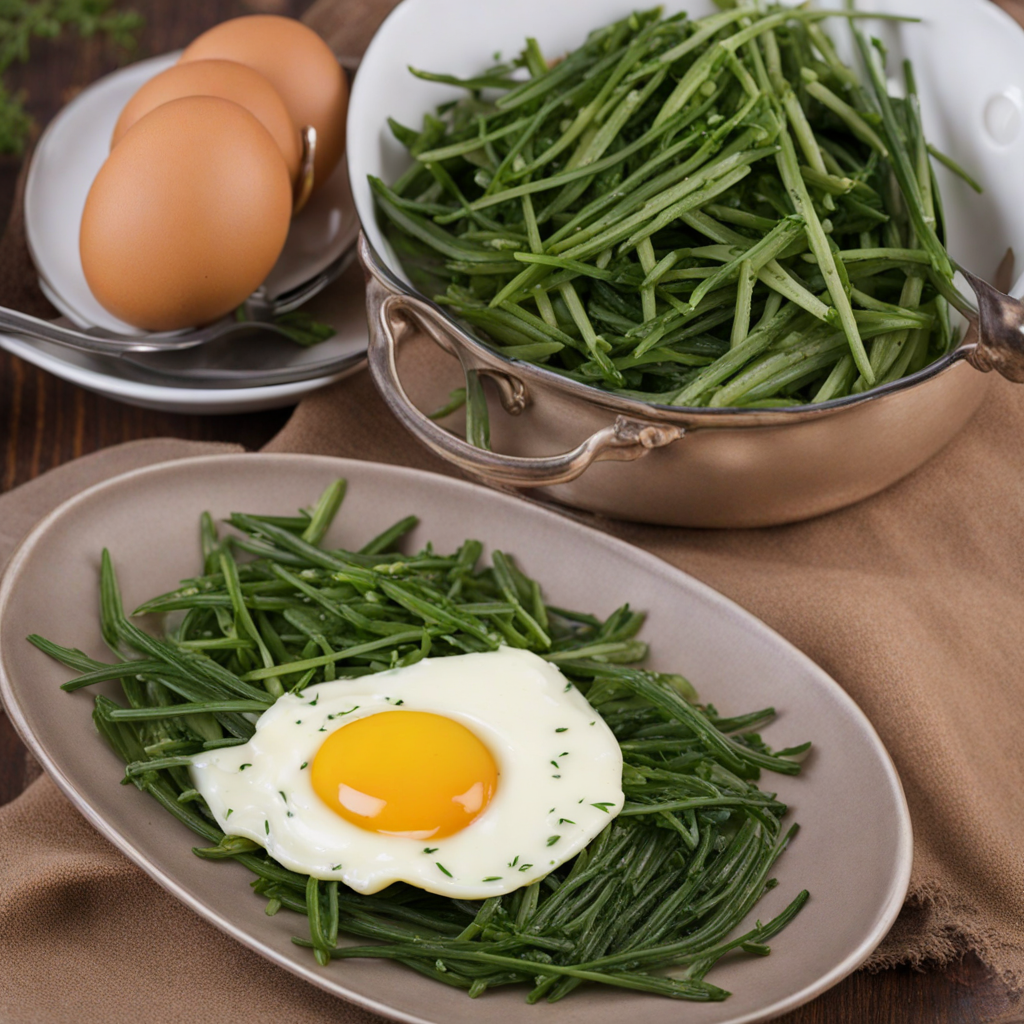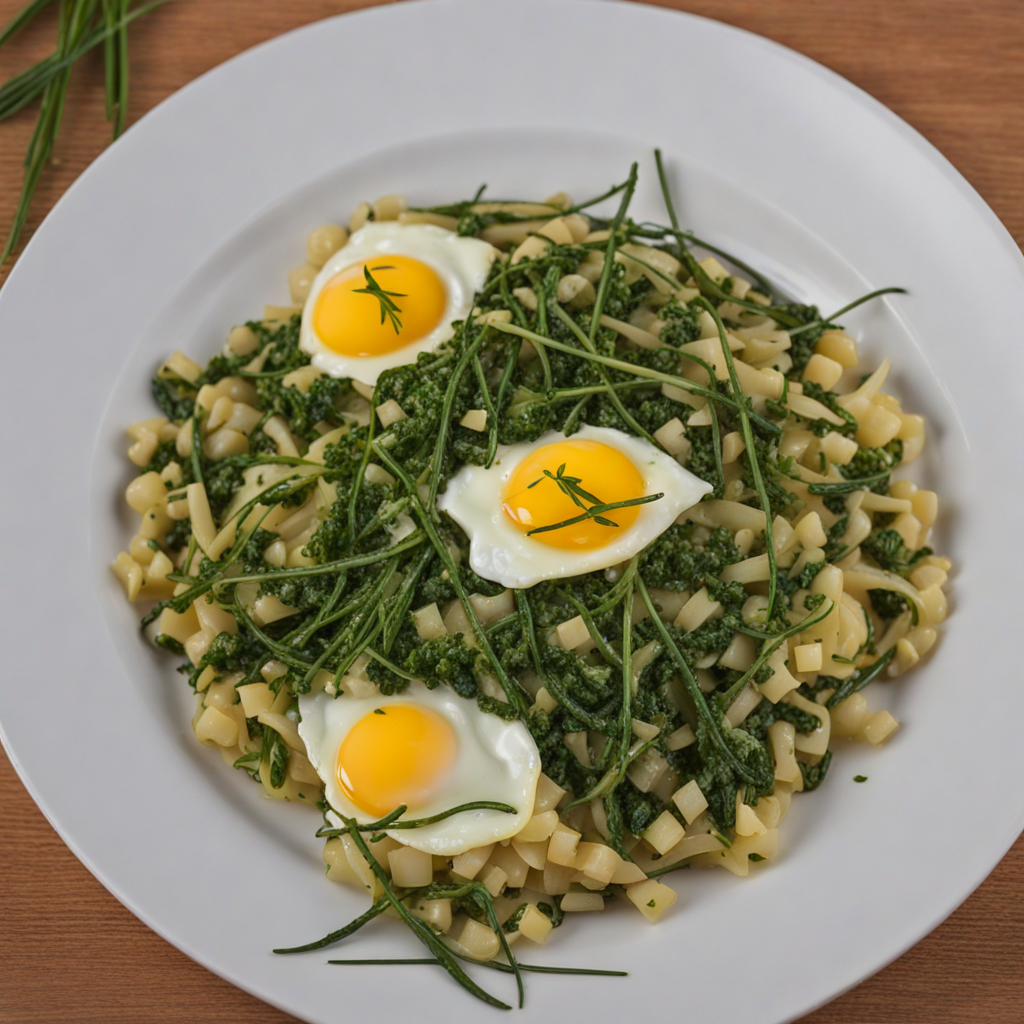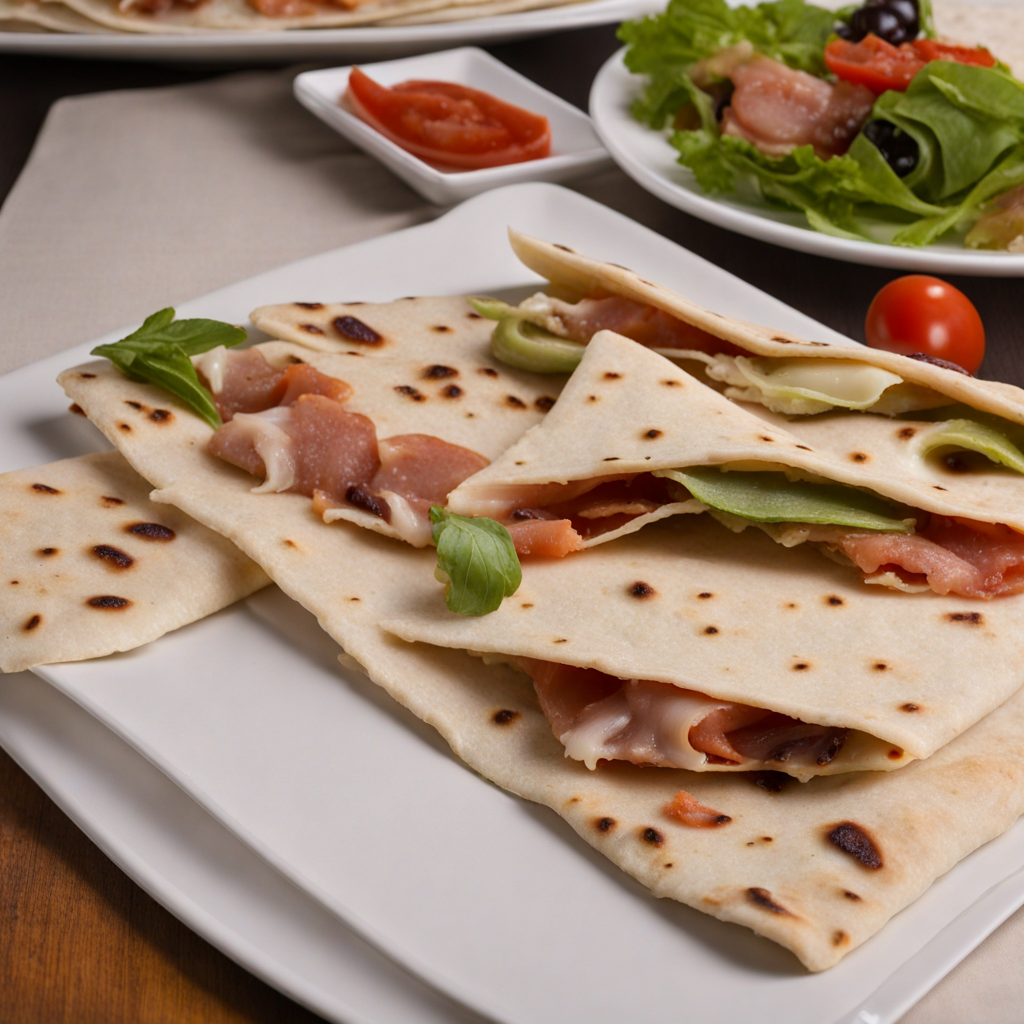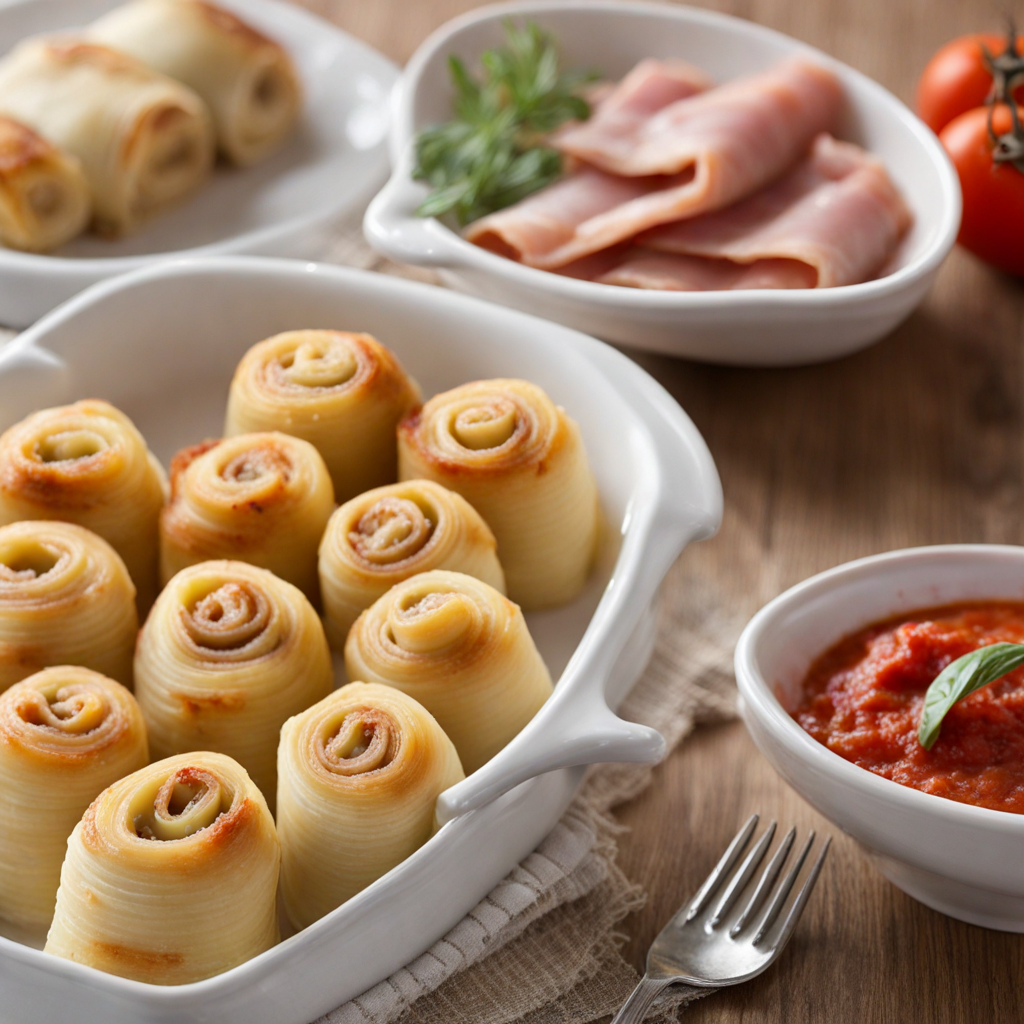Erba cipollina
Erba cipollina, also known as chives in English, is a delightful herb that hails from the picturesque country of San Marino. This vibrant green herb is characterized by its slender, hollow leaves and a mild onion-like flavor, making it a versatile ingredient in various culinary applications. The unique taste of erba cipollina adds a subtle yet refreshing note to dishes, enhancing them without overpowering the other flavors. Its delicate aroma and bright green color make it a favorite among chefs and home cooks alike, offering a touch of elegance to any meal. In San Marino, erba cipollina is often used to elevate traditional recipes, such as pasta dishes, salads, and soups. It can be finely chopped and sprinkled over dishes as a garnish, or incorporated into sauces and dressings to impart a fresh, herby taste. The herb is particularly popular in the spring and summer months, when its flavor is at its peak, making it a seasonal favorite that celebrates the region's agricultural bounty. Pairing erba cipollina with other local ingredients, such as fresh cheeses, tomatoes, and olive oil, results in a harmonious blend that truly highlights the essence of San Marinese cuisine. Furthermore, erba cipollina is not only prized for its culinary uses but also for its health benefits. Rich in vitamins A and C, as well as antioxidants, it contributes to a balanced diet while adding a burst of flavor to meals. Its versatility means that it can be used in a variety of cooking methods, from sautéing and grilling to raw applications in salads and dips. For anyone looking to explore new tastes, incorporating erba cipollina into their cooking repertoire is a delightful way to experience the flavors of San Marino, bringing a taste of this charming country to their own kitchen.
How It Became This Dish
The History of Erba Cipollina: A Culinary Gem of San Marino #### Origins Erba cipollina, often referred to as "chives" in English, is not just any herb; it is a culinary delight that has roots deeply embedded in the agricultural and cultural traditions of San Marino, one of the world's smallest independent republics, nestled within Italy. The name "erba cipollina" translates to "onion herb," reflecting its close relationship to the onion family. Chives (Allium schoenoprasum) are native to Europe, Asia, and North America, and their use as a flavorful herb dates back thousands of years. While chives are cultivated widely around the globe, the specific variety and cultivation methods found in San Marino reflect a unique blend of local agricultural practices and cultural identity. The mountainous terrain and temperate climate of San Marino provide an ideal environment for the growth of this herb, particularly in the fertile valleys where traditional farming methods are still practiced. #### Cultural Significance In San Marino, erba cipollina is more than just a seasoning; it is a staple ingredient that embodies the essence of the local cuisine. The herb is prized for its mild onion flavor, which enhances a variety of dishes without overpowering other ingredients. It is commonly used in traditional recipes, such as torta di erba cipollina (chive pie), where the delicate taste of the herb shines through in a savory pastry, often enjoyed during local festivals and gatherings. The cultural significance of erba cipollina extends beyond its culinary uses. It represents the agricultural heritage of San Marino, a place where the community values local produce and traditional farming methods. For many families, growing chives in their home gardens is a time-honored practice passed down through generations. This connection to the land and the seasons fosters a deep respect for nature and the ingredients that it provides. #### Development Over Time The development of erba cipollina in San Marino has evolved through various historical phases, influenced by both local customs and broader culinary trends. During the Middle Ages, San Marino's agricultural practices were heavily influenced by surrounding regions, particularly the Italian states. The cultivation of chives, like many herbs, became an integral part of peasant farming, as it was easy to grow and provided essential flavor to otherwise simple dishes. As trade routes expanded during the Renaissance, San Marino experienced a cultural exchange that introduced new culinary techniques and ingredients. While erba cipollina remained a staple, its use began to diversify. Chefs and home cooks alike experimented with incorporating chives into sauces, soups, and salads. This era marked the beginning of a more sophisticated approach to cooking in San Marino, where herbs like chives were not only considered for their flavor but also for their aesthetic appeal and health benefits. In the 19th and 20th centuries, as San Marino became increasingly integrated into the broader Italian culinary landscape, erba cipollina found its place in a myriad of traditional Italian dishes. The herb became synonymous with fresh, vibrant flavors, often featured alongside other herbs such as parsley and basil. This period saw the rise of culinary tourism, where visitors flocked to San Marino to experience its rich gastronomic offerings, further solidifying erba cipollina's status as a hallmark of the region's cuisine. #### Contemporary Uses and Global Influence Today, erba cipollina continues to play a vital role in the culinary scene of San Marino. Chefs and home cooks alike celebrate its versatility, using it to enhance everything from pasta dishes to seafood, and even as a garnish for soups. The herb's appeal has transcended local boundaries, as it has gained recognition in international cuisines, finding its way into gourmet restaurants and home kitchens around the world. The resurgence of interest in farm-to-table dining and organic produce has also revitalized the cultivation of erba cipollina. Many small-scale farmers in San Marino are now focusing on sustainable practices that honor traditional methods while meeting modern demands. This has led to an increased appreciation for local herbs, including erba cipollina, among chefs who seek to create dishes that reflect the terroir of the region. Moreover, the health benefits of chives have garnered attention in recent years. Rich in vitamins A and C, as well as antioxidants, chives are now celebrated not only for their culinary properties but also for their nutritional value. This growing awareness has contributed to the herb's popularity, encouraging more people to incorporate it into their diets. #### Conclusion In summary, erba cipollina is a culinary jewel that encapsulates the rich history, culture, and agricultural heritage of San Marino. From its humble beginnings as a local herb to its current status as a beloved ingredient in both traditional and contemporary cuisine, chives have woven themselves into the fabric of San Marino’s identity. As the world becomes increasingly interconnected, the significance of local ingredients like erba cipollina is more important than ever. They remind us of our roots, the land that nurtures us, and the cultural traditions that shape our culinary experiences. Whether enjoyed in a rustic chive pie or as a garnish on a gourmet dish, erba cipollina continues to tell the story of San Marino, inviting us to savor the flavors of its rich culinary heritage.
You may like
Discover local flavors from San Marino







